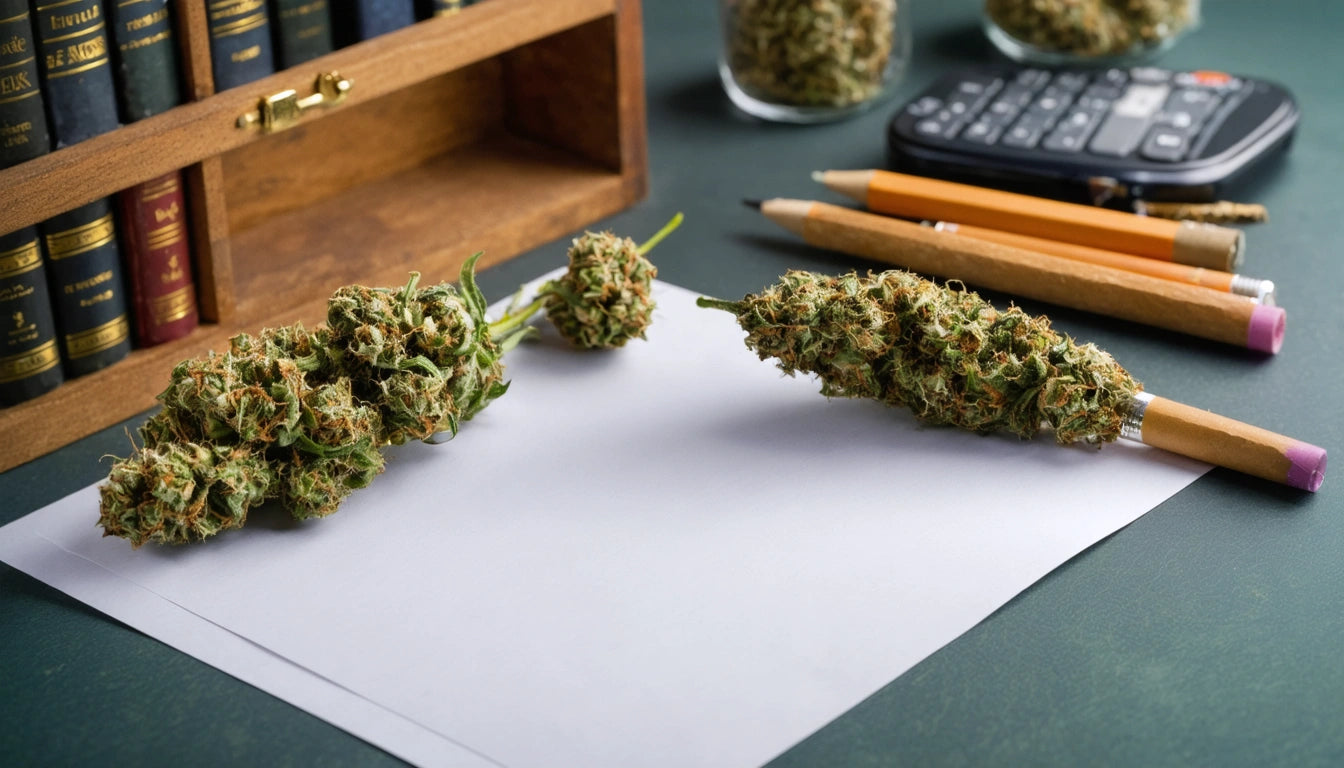Table of Contents
- Understanding Cannabis Behavior: Physical and Mental Cues
- How People Act When They're High: Common Behaviors
- Acting High: Techniques for Authentic Portrayal
- Maintaining Composure: How to Not Act High
- Situational Strategies: Navigating Social Settings
- Practical Applications and Responsible Approaches
Mastering the Art of Acting High or Sober: Tips and Insights
Whether you're an actor preparing for a role, someone looking to maintain composure in professional settings, or simply curious about cannabis behaviors, understanding how to act high or not act high involves recognizing specific physical, verbal, and behavioral patterns. This comprehensive guide explores the nuances of cannabis-influenced behavior and provides practical strategies for both portraying and minimizing these effects.
Understanding Cannabis Behavior: Physical and Mental Cues
Cannabis affects individuals differently based on factors including consumption method, dosage, strain type, and personal tolerance. However, certain common patterns emerge that characterize the typical cannabis experience.
Physical Indicators
The most recognizable physical signs include:
- Reddened eyes with droopy eyelids
- Delayed reaction times and movements
- Changed speech patterns (slower cadence or faster rambling)
- Altered coordination and posture
- Increased or decreased energy levels depending on strain
These physical manifestations vary in intensity and can be measured objectively using specialized equipment. For precise dosing that influences these effects, many consumers rely on accurate digital scales for consistent measurement of their cannabis products.
Cognitive and Emotional Signs
Beyond physical indicators, cannabis influences thought patterns and emotional responses:
- Enhanced sensory perception (colors, sounds, tastes)
- Time distortion (minutes feeling like hours)
- Heightened focus on specific details or thoughts
- Increased laughter or altered sense of humor
- Shifts in conversational patterns
Understanding these cognitive shifts is essential for both portraying and managing cannabis effects in various settings.
How People Act When They're High: Common Behaviors
When exploring how do people act when they're high, several behavioral patterns commonly emerge:
Social Behaviors
In social settings, cannabis consumers often display:
- Increased sociability or conversely, social withdrawal
- Laughing more readily at subtle humor
- Philosophical or abstract conversation topics
- Food cravings and enthusiastic eating ("munchies")
- Heightened interest in music, art, or sensory experiences
These social cues often become more pronounced in group settings where multiple people are experiencing similar effects, as detailed in this guide to activities while high.
Acting High: Techniques for Authentic Portrayal
For those wondering how to act high convincingly, consider these techniques:
Physical Adjustments
- Slightly delayed responses to questions or stimuli
- Relaxed facial muscles with occasional fixation on objects
- Subtle coordination changes (slight fumbling with objects)
- Speech alterations (pauses, tangents, or word-finding difficulties)
- Posture shifts (more relaxed or slouched positioning)
Authentic portrayal involves subtlety rather than exaggeration. Understanding the genuine experience helps avoid stereotypical depictions.
Maintaining Composure: How to Not Act High
For those seeking to minimize noticeable effects, several strategies can help maintain composure:
Physical Countermeasures
- Eye drops to reduce redness
- Conscious attention to speech pace and volume
- Maintaining proper posture and deliberate movements
- Staying hydrated to combat dry mouth
- Using breath mints or gum for fresh breath
Beyond these immediate fixes, effective strategies to reduce high effects include proper hydration, consuming black pepper or lemon (which contain terpenes that can moderate THC effects), and choosing appropriate settings for consumption.
Mental Techniques
Cognitive strategies play a crucial role in how to act not high:
- Focusing on one task or conversation at a time
- Using notes or reminders for important points
- Practicing responses to anticipated questions
- Taking brief breaks when needed to recompose
- Breathing exercises to maintain mental clarity
These approaches can help maintain functional cognitive performance, as discussed in this guide on managing your high.
Situational Strategies: Navigating Social Settings
Different environments require tailored approaches to either portray or minimize cannabis effects:
Professional Settings
In work environments, maintaining professionalism requires:
- Preparation before meetings or presentations
- Strategic timing of consumption (if legal and appropriate)
- Knowledge of your personal tolerance and reaction patterns
- Having a trusted colleague who can provide feedback
- Focusing on listening more than speaking when uncertain
These strategies help navigate professional responsibilities while managing cannabis effects.
Social Gatherings
In casual settings, different considerations apply:
- Choosing consumption methods with predictable onset and duration
- Setting personal limits before the event begins
- Having exit strategies for overwhelming situations
- Staying aware of local laws regarding public consumption
- Considering microdosing for subtle effects
Social navigation becomes easier with practice and self-awareness, as outlined in maximizing and minimizing your high.
Practical Applications and Responsible Approaches
Whether you're learning how to act high for creative purposes or how to not act high for practical reasons, responsible approaches should guide your choices. Consider these final insights:
- Respect legal boundaries in your jurisdiction
- Understand that cannabis affects everyone differently
- Recognize appropriate and inappropriate settings for consumption
- Consider the purpose behind portraying or concealing effects
- Prioritize safety and well-being above all else
For those seeking to reduce effects quickly, effective ways to sober up include consuming CBD, staying hydrated, light exercise, and certain foods that can help metabolize THC more efficiently.
Mastering the art of acting high or maintaining composure involves understanding the physical and cognitive effects of cannabis, practicing self-awareness, and developing situational strategies that work for your unique circumstances. Whether for performance, personal, or professional reasons, these skills are rooted in knowledge, practice, and responsible approaches to cannabis use.











Leave a comment
All comments are moderated before being published.
This site is protected by hCaptcha and the hCaptcha Privacy Policy and Terms of Service apply.